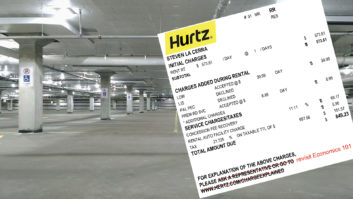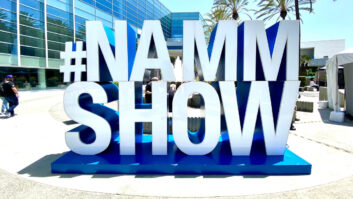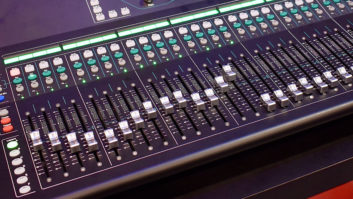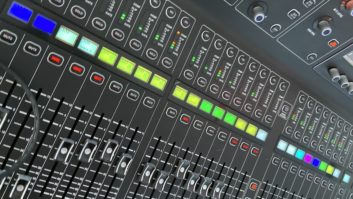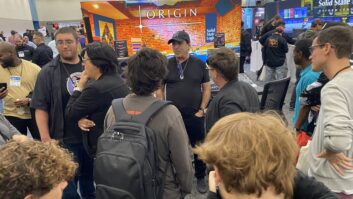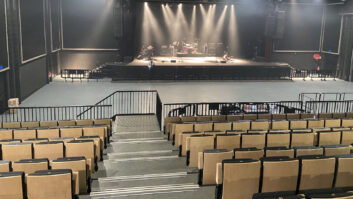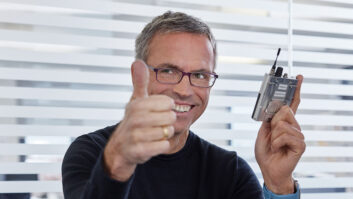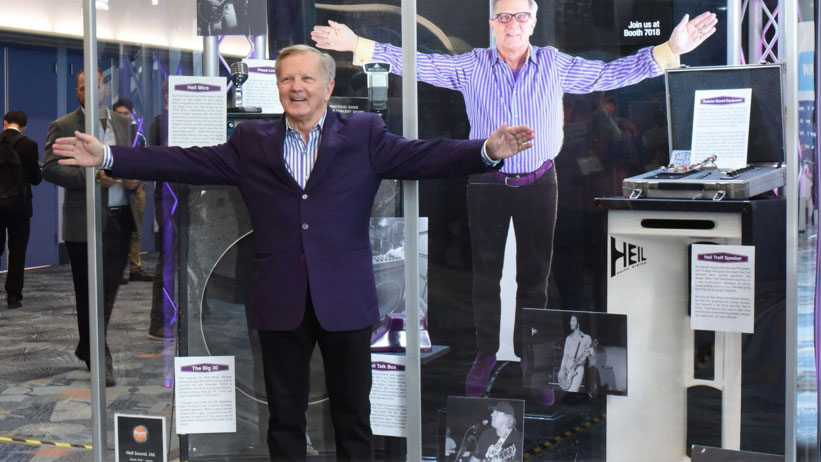
(March 14, 2024)—The audio industry received sad news last week when we learned of the passing of Bob Heil. A true pioneer of the live sound industry, Bob was 83 when he succumbed to cancer.
Like so many of us, Bob’s musical journey started in his teens when he performed as an organist, tickling the keys on a Wurlitzer at the Fabulous Fox Theatre in St. Louis, Mo. Unlike most musicians, however, Heil learned how to tune and voice the plethora of pipes that comprise such monstrous organs, eventually designing and installing pipe organs for other theaters.
It’s that sort of inquisitiveness that sets apart people like Heil, Les Paul or James B. Lansing—not content to simply power-up a device that makes noise, but driven to disassemble it, understand how it works, and then improve upon the design or create a new device that does the job in a more elegant manner. Heil was the type of person who makes the audio industry go.
There are plenty of stories about how Heil provided a P.A. system for the Grateful Dead in 1970 and was then asked to tour with them, or how he designed a sound system for the Who’s Next tour in 1971. But how many audio engineers can say they had a hand in changing the sound of popular music? The Heil Talk Box did just that.
To be clear, Bob Heil did not invent the talk box. That distinction goes to jazz guitarist and amateur radio operator Alvino Rey, who wired up a carbon throat microphone to process his pedal steel guitar. Right around the same time, Gilbert Wright invented the Sonovox, a device that used small transducers attached to a performer’s throat to produce sound.
Mix Live Blog: All in TWO Days’ Work
The talk box evolved through the 1960s, with pedal steel player Pete Drake and electrical engineer Bill West building prototypes that used a plastic tube to modulate the guitar signal, but the volume level was weak and the device wasn’t practical for stage use. In 1969, Kustom Electronics introduced the first commercially available talk box, called The Bag. The electronics were housed in a shoulder bag, which was unsightly enough to practically ensure commercial failure, but hey, it was the psychedelic Sixties.
It was Joe Walsh who spurred Heil to refine the talk box into a high-powered device that could be reliably used on stage. Heil developed a friendship with Walsh in the late 1960s, when Heil Sound was the touring sound company for the James Gang, and the two discovered a common affinity for ham radio. Eventually Walsh, Heil and Walsh’s tech Krinkle (!) would spec gear for the Barnstorm tour. The live set would include the song “Rocky Mountain Way,” which was an important song for Walsh because it was quickly becoming a staple of FM rock radio, and charted number 23 on the Billboard Hot 100.
When he was in the studio recording The Smoker You Drink, The Player You Get (the album which featured “RMW”), Walsh came upon the talk box that Drake and West built. It employed a small speaker producing volume levels far too feeble for use on a loud stage, so Heil built a high-powered version of the talk box that was used on the tour and subsequently put into production as the Heil Talk Box.
But wait—there’s more!
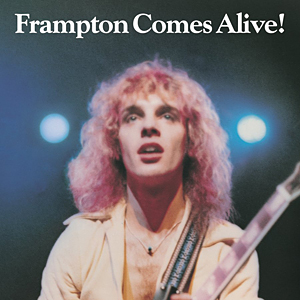 Legend has it that Heil gave Peter Frampton a Heil Talk Box as a Christmas present in 1974, and the following year, Frampton recorded the live shows that became Frampton Comes Alive. The hits “Do You Feel Like We Do” and “Show Me the Way” put the sound of the Heil Talk Box firmly in the ear of anyone who turned on a radio in 1976, when Frampton Comes Alive practically ruled the airwaves. I clearly remember my bandmates at the time listening to those tracks with bewildered looks upon their faces, saying “what the #@$! is that?” Popularity of the Talk Box was renewed in 1986 when Richie Sambora used it on Bon Jovi’s “Livin’ on a Prayer.”
Legend has it that Heil gave Peter Frampton a Heil Talk Box as a Christmas present in 1974, and the following year, Frampton recorded the live shows that became Frampton Comes Alive. The hits “Do You Feel Like We Do” and “Show Me the Way” put the sound of the Heil Talk Box firmly in the ear of anyone who turned on a radio in 1976, when Frampton Comes Alive practically ruled the airwaves. I clearly remember my bandmates at the time listening to those tracks with bewildered looks upon their faces, saying “what the #@$! is that?” Popularity of the Talk Box was renewed in 1986 when Richie Sambora used it on Bon Jovi’s “Livin’ on a Prayer.”
Art drives technology, technology drives art.
Heil’s contributions to live sound also include the first modular mixing console (something we now take for granted in this age of disposable digital mixing desks), as well as a custom quad mixing desk developed for The Who’s Quadrophenia tour.
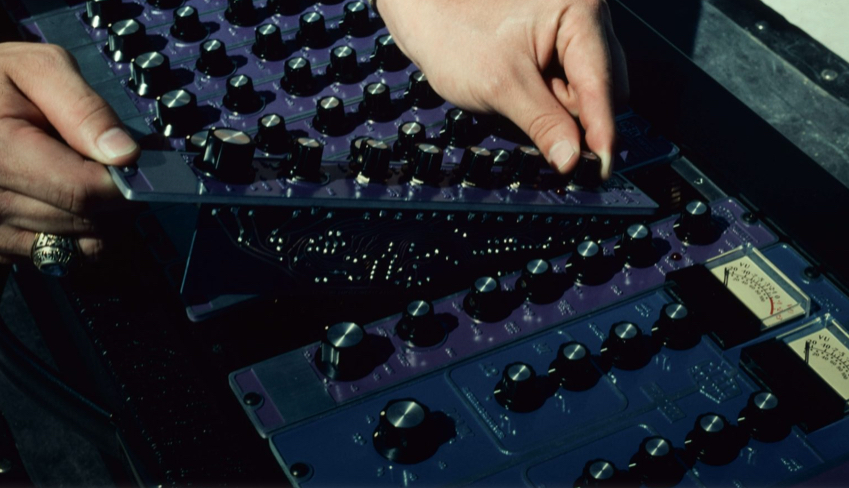
Heil Sound became one of the first companies to design custom home theater systems, and it is estimated that it installed more than 3,000 such systems by 2010. The return of Heil Sound to the live sound industry in the late 1990s was reportedly egged on by Walsh, who asked Heil to create a new vocal microphone for stage use.
That request led to a new line of vocal and instrument mics now familiar to most engineers working on stage as well as in the studio. In 2006, Heil’s contributions earned an invite for Heil Sound to exhibit at the Rock and Roll Hall of Fame Museum. Not too shabby for a kid from the Midwest who played the organ.
Godspeed, Bob; you will be missed.

